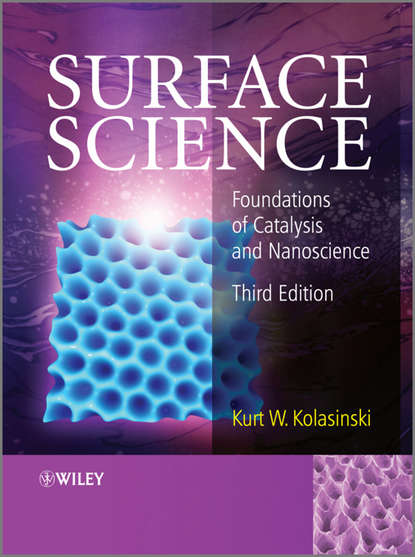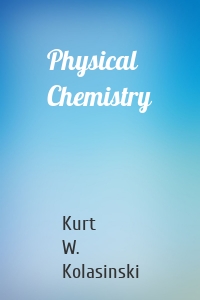
Surface Science. Foundations of Catalysis and Nanoscience скачать fb2
Kurt W. Kolasinski - Surface Science. Foundations of Catalysis and Nanoscience краткое содержание
Surface science has evolved from being a sub-field of chemistry or physics, and has now established itself as an interdisciplinary topic. Knowledge has developed sufficiently that we can now understand catalysis from a surface science perspective. No-where is the underpinning nature of surface science better illustrated than with nanoscience. Now in its third edition, this successful textbook aims to provide students with an understanding of chemical transformations and the formation of structures at surfaces. The chapters build from simple to more advanced principles with each featuring exercises, which act not only to demonstrate concepts arising in the text but also to form an integral part of the book, with the last eight chapters featuring worked solutions. This completely revised and expanded edition features: More than 100 new pages of extensive worked solutions New topics, including: Second harmonic generation (SHG), Sum Frequency Generation (SFG) at interfaces and capillary waves An expanded treatment of charge transfer and carbon-based materials including graphene Extended ‘Frontiers and Challenges’ sections at the end of each chapter. This text is suitable for all students taking courses in surface science in Departments of Chemistry, Physics, Chemical Engineering and Materials Science, as well as for researchers and professionals requiring an up-to-date review of the subject.
Чтобы оставить свою оценку и/или комментарий, Вам нужно войти под своей учетной записью или зарегистрироваться




